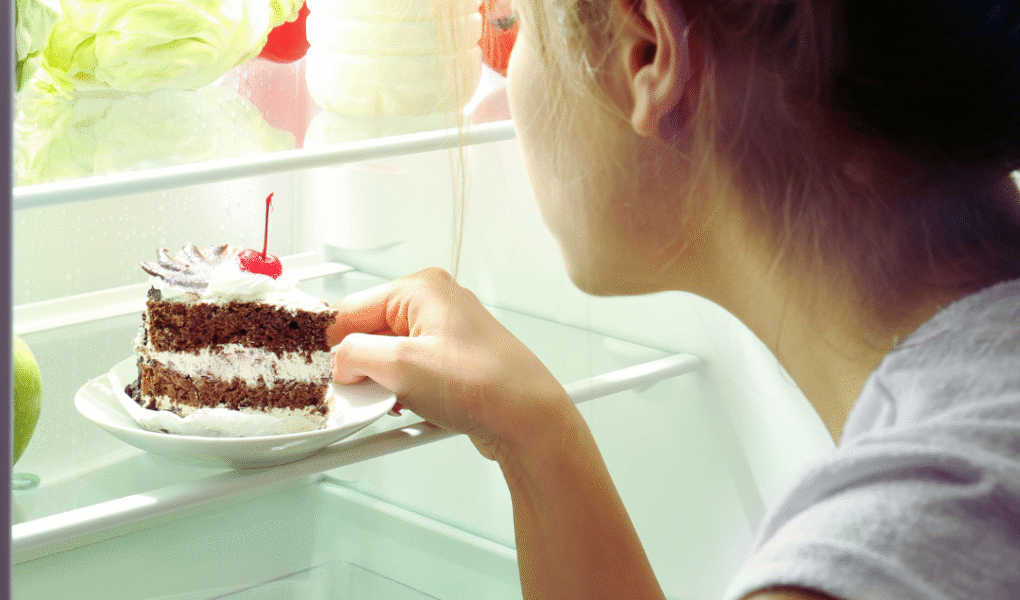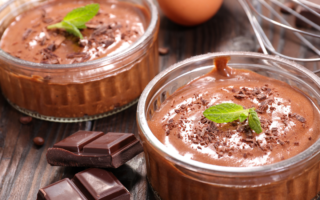Storing baked goods properly is essential to maintaining their freshness and flavor. Keeping them in an airtight container at room temperature is one of the best methods to ensure they remain soft and delicious for days. Different types of baked items require specific storage solutions, which can significantly affect their shelf life.
For example, bread benefits from being wrapped in a cloth or paper bag to retain moisture while allowing some air circulation, preventing mold. Cookies and pastries, on the other hand, thrive in airtight containers to keep their texture intact. Understanding these key storage techniques will help anyone enjoy their baked creations longer.
Readers interested in maximizing the lifespan of their treats will find valuable tips on how to store cakes, pies, and bread effectively. With the right approach, baked goods can stay fresh and enjoyable, ensuring that every bite is as delightful as the first.
Fundamental Principles for Storing Baked Goods
Effective storage is crucial for maintaining the freshness and quality of baked goods. Understanding the factors influencing freshness and the methods to preserve texture and extend shelf life can significantly enhance the enjoyment of these treats.
Factors That Affect Freshness
Freshness can be impacted by various elements. Temperature, humidity, and air exposure all play vital roles.
- Temperature: Storing baked goods at room temperature is generally best. For items like bread, avoid refrigeration unless necessary, as it can lead to staleness.
- Humidity: High humidity can introduce mold, while low humidity may dry out items. Sealed containers can help regulate moisture levels.
- Air Exposure: Exposure to air accelerates staling. Using airtight containers or wrapping items tightly in plastic wrap can mitigate this effect.
By carefully considering these factors, one can preserve the optimal quality of baked goods longer.
Preserving Texture and Shelf Life
Different baked goods require specific storage methods to maintain their texture and shelf life effectively.
- Bread: Store in a paper bag at room temperature for short-term freshness. For longer storage, freeze it in a plastic bag.
- Pastries and Cookies: Keep in a cool, dry place in airtight containers to maintain crispness. Separate layers with parchment paper to prevent sticking.
- Cakes: If frosted, use a cake carrier or cover it loosely with plastic wrap to avoid condensation.
- Muffins: Store in a single layer and seal in a container. If freezing, wrap tightly in plastic and place in a freezer bag.
Implementing these techniques ensures that baked goods retain their intended texture and enjoy an extended shelf life.
Best Storage Methods for Breads, Cookies, and Cakes
Proper storage methods are essential for maintaining the freshness of baked goods. Different types of items require specific techniques to ensure they remain delicious for as long as possible.
How to Keep Bread Fresh
To keep bread fresh, it is important to maintain its moisture while preventing mold. Bread is best stored at room temperature in a bread box or wrapped in plastic wrap. This helps balance humidity.
For longer storage, freezing is an option. Slice the bread and place it in an airtight container or wrap it tightly in plastic wrap. This method preserves the texture and flavor. When ready to eat, the slices can be thawed individually.
Storing Homemade Bread and Leftover Bread
Homemade bread and leftover bread should also be stored to retain quality. After cooling, wrap the bread in parchment paper, followed by plastic wrap. This two-layer method offers protection from air exposure.
For storage beyond a few days, placing the bread in the freezer is ideal. Label the package with the date to track freshness. To thaw, leave it at room temperature or use a toaster to warm individual slices.
Storing Baked Cookies and Cookie Dough
Baked cookies require careful storage to prevent them from becoming stale. Placing cookies in an airtight container helps keep them soft. For chewy options like chocolate chip cookies, it’s beneficial to add a slice of bread to the container.
To store cookie dough, wrap it in plastic wrap or place it in a resealable bag, removing as much air as possible. It can be frozen for several months. When ready to bake, simply thaw in the refrigerator overnight.
Proper Storage of Cakes and Frosting
Cakes, especially those with frosting, need specific care to maintain their texture. Cover cakes with plastic wrap or a cake dome to protect them from drying out. Storing individual slices in an airtight container is also effective.
For cakes without frosting, a simple cover with parchment paper suffices. Cakes can be frozen as well; wrap them tightly in plastic wrap and then in aluminum foil for added protection. Frosting can be stored separately in an airtight container in the refrigerator.
Long-Term and Specialty Storage Solutions
For those looking to keep baked goods fresh over an extended period, several effective methods exist. Freezing is a popular option, especially for bread and seasonal treats. Another practical approach is to repurpose stale items creatively, adding value and minimizing waste.
Freezing Baked Goods for Extended Freshness
Freezing is a reliable method to maintain the quality of baked goods long-term. When freezing, it’s essential to wrap items properly to prevent freezer burn. Use plastic wrap followed by aluminum foil, or place baked goods in airtight containers.
Steps for Freezing:
- Cool baked goods completely.
- Wrap tightly or place in a freezer-safe bag/container.
- Label with the date and type of item.
Most baked goods can last up to three months in the freezer. Avoid refreezing once thawed to preserve texture and taste.
Tips for Freezing Bread and Holiday Baked Goods
To freeze bread effectively, slice it before freezing. This allows for easy thawing of individual slices. Wrap each loaf in plastic wrap, then place it in a resealable freezer bag.
Holiday Baked Goods Tips:
- For cookies, freeze in layers separated by parchment paper.
- Cakes can be frozen whole or in slices; wrap them well.
- Icing can be added after thawing for best results.
Thaw baked goods in the refrigerator or at room temperature. Avoid using the microwave, as it can alter the texture.
Transforming Stale Goods into Croutons and Breadcrumbs
Stale baked goods can be transformed into croutons or breadcrumbs, extending their usability. This process is simple and minimizes waste.
To Make Croutons:
- Cut stale bread into cubes.
- Toss with olive oil, garlic, and herbs.
- Bake at 375°F (190°C) for 10-15 minutes until golden.
To Create Breadcrumbs:
- Break stale bread into pieces.
- Pulse in a food processor until fine.
- Store in an airtight container in the fridge or freezer.
Both croutons and breadcrumbs can enhance various dishes, contributing flavor and texture while utilizing leftover baked goods.
Food Safety Considerations and Special Storage Needs
Proper storage of baked goods is essential for maintaining both freshness and safety. Understanding when to refrigerate and how to store specific items is crucial to preserving quality while preventing foodborne illnesses.
When to Refrigerate Baked Goods
Many baked goods benefit from refrigeration, especially those containing perishable ingredients. Items such as cakes with cream cheese frosting or custard fillings should be stored in the fridge to mitigate bacterial growth.
Conversely, not all baked goods require refrigeration. Cookies, brownies, and most breads can be stored at room temperature for a few days without spoiling.
To effectively refrigerate baked goods, wrap them tightly in plastic wrap or store them in airtight containers. This helps prevent them from drying out and absorbing odors from other foods.
Storing Pies and Dairy-Based Fillings
Pies, particularly those with dairy-based fillings, require careful storage. Custard or cream pies should always be refrigerated within two hours of baking. Leaving them out can pose a food safety risk.
To store pies effectively, place them in a pie box or cover them with plastic wrap. This helps maintain moisture and ward off odors.
Fruit pies can typically be stored at room temperature for up to two days. For longer storage, refrigeration is recommended. Always ensure that fruit fillings do not spoil by checking for signs of discoloration or a sour smell.




